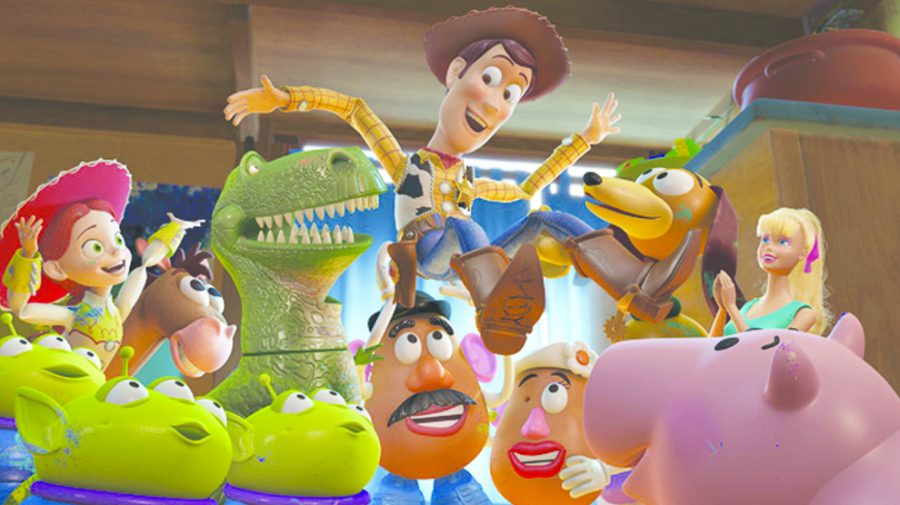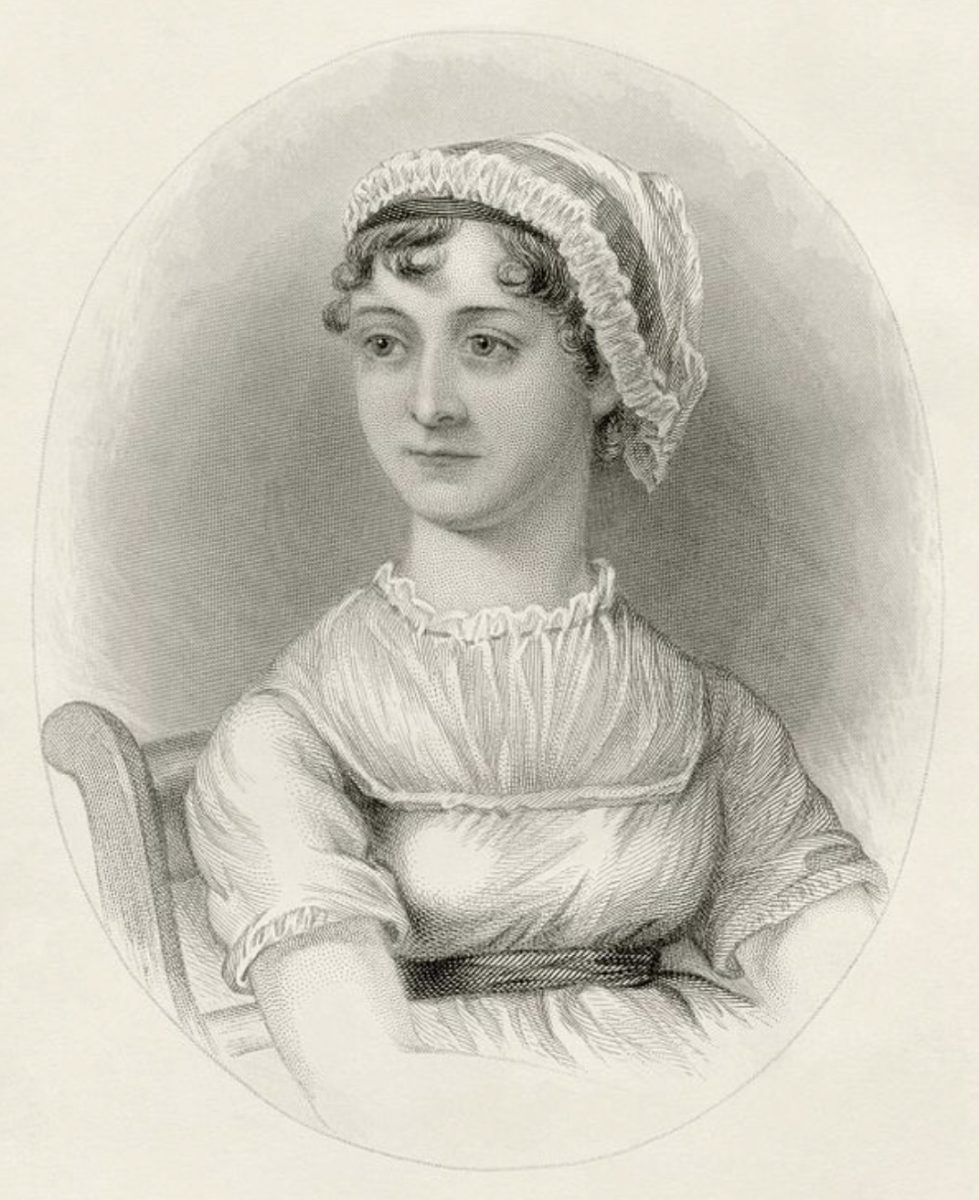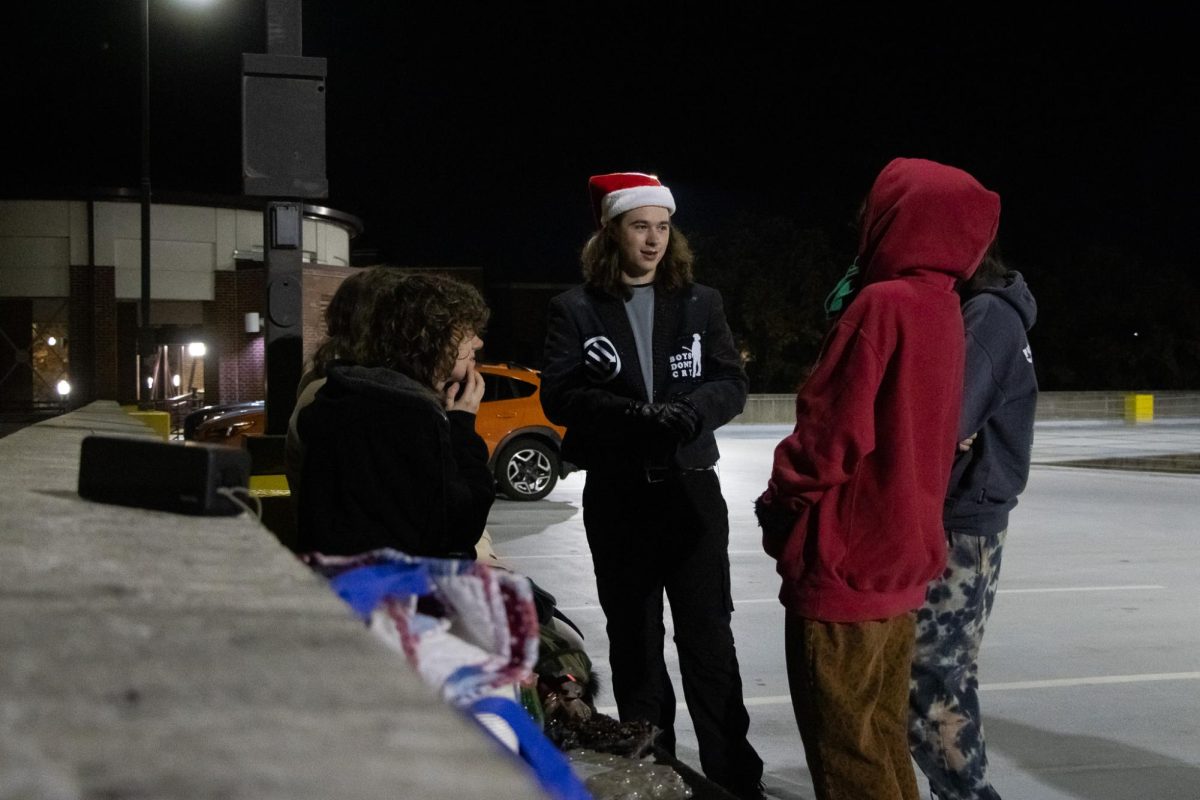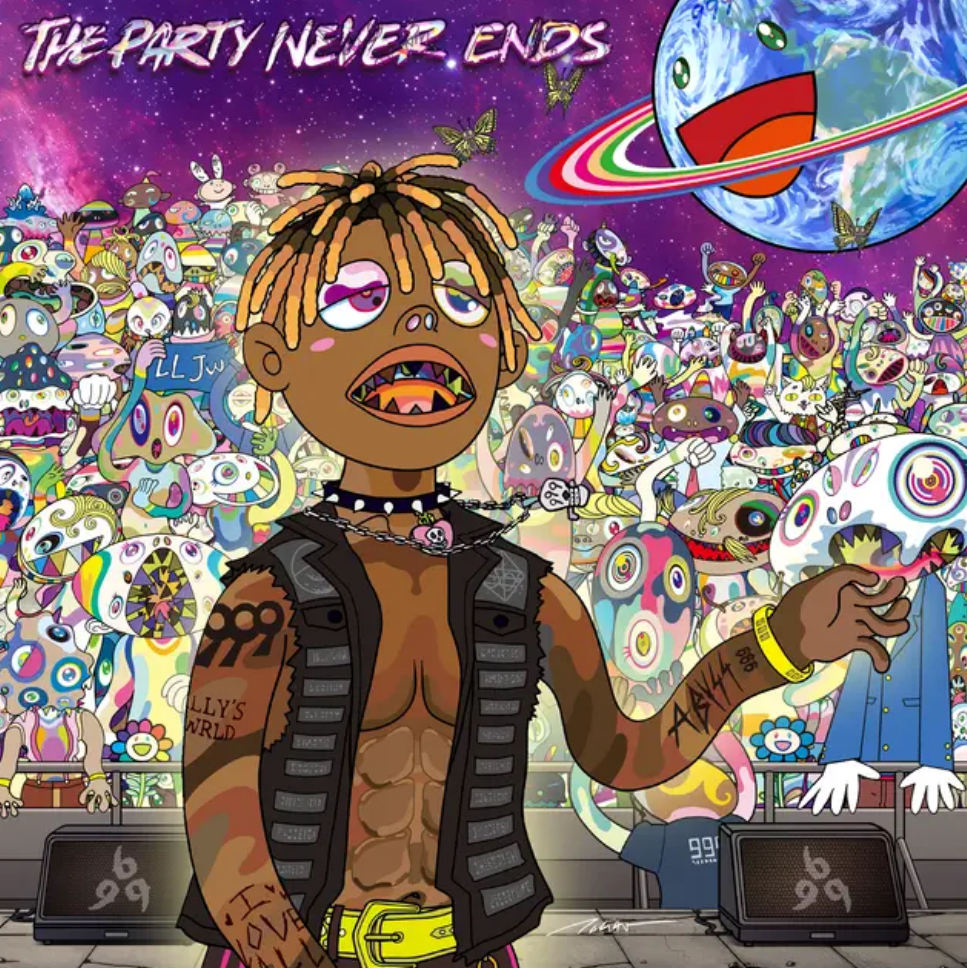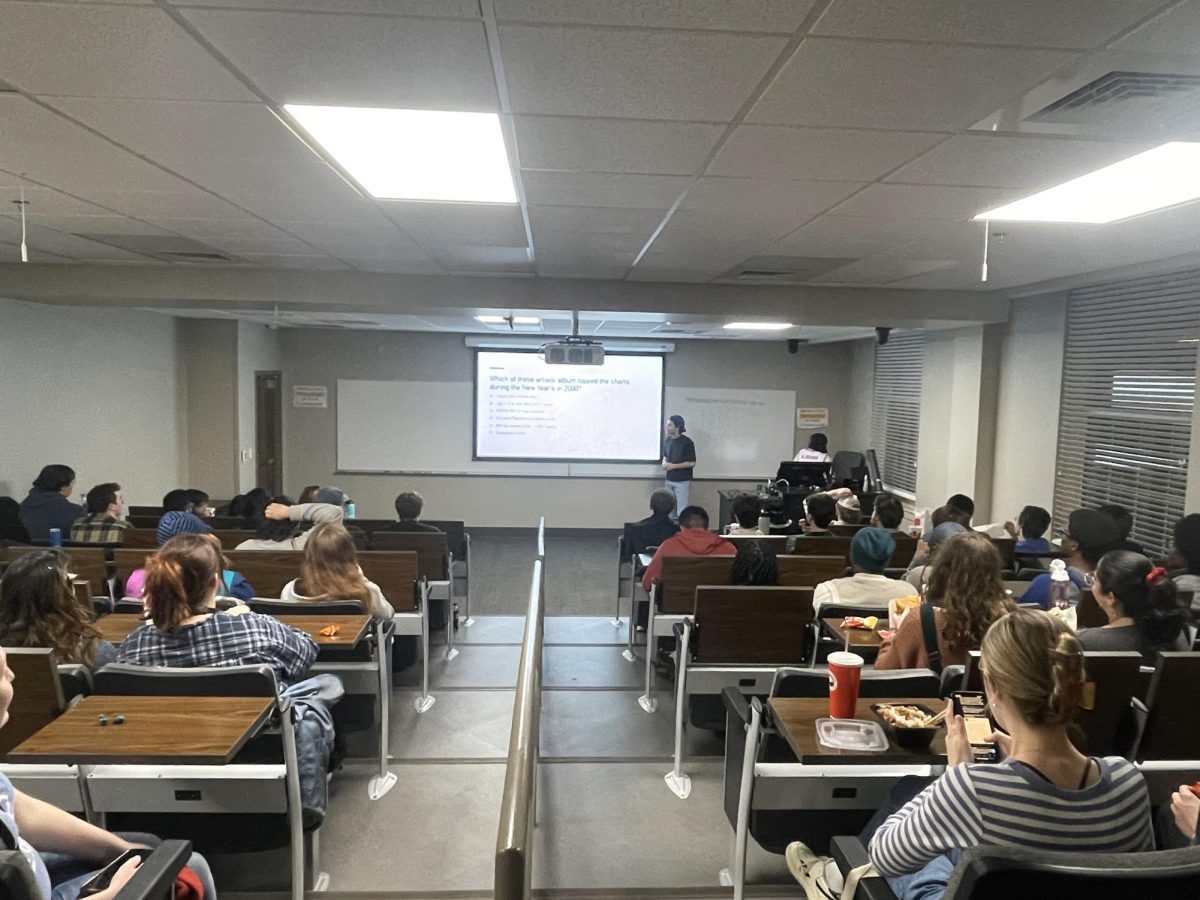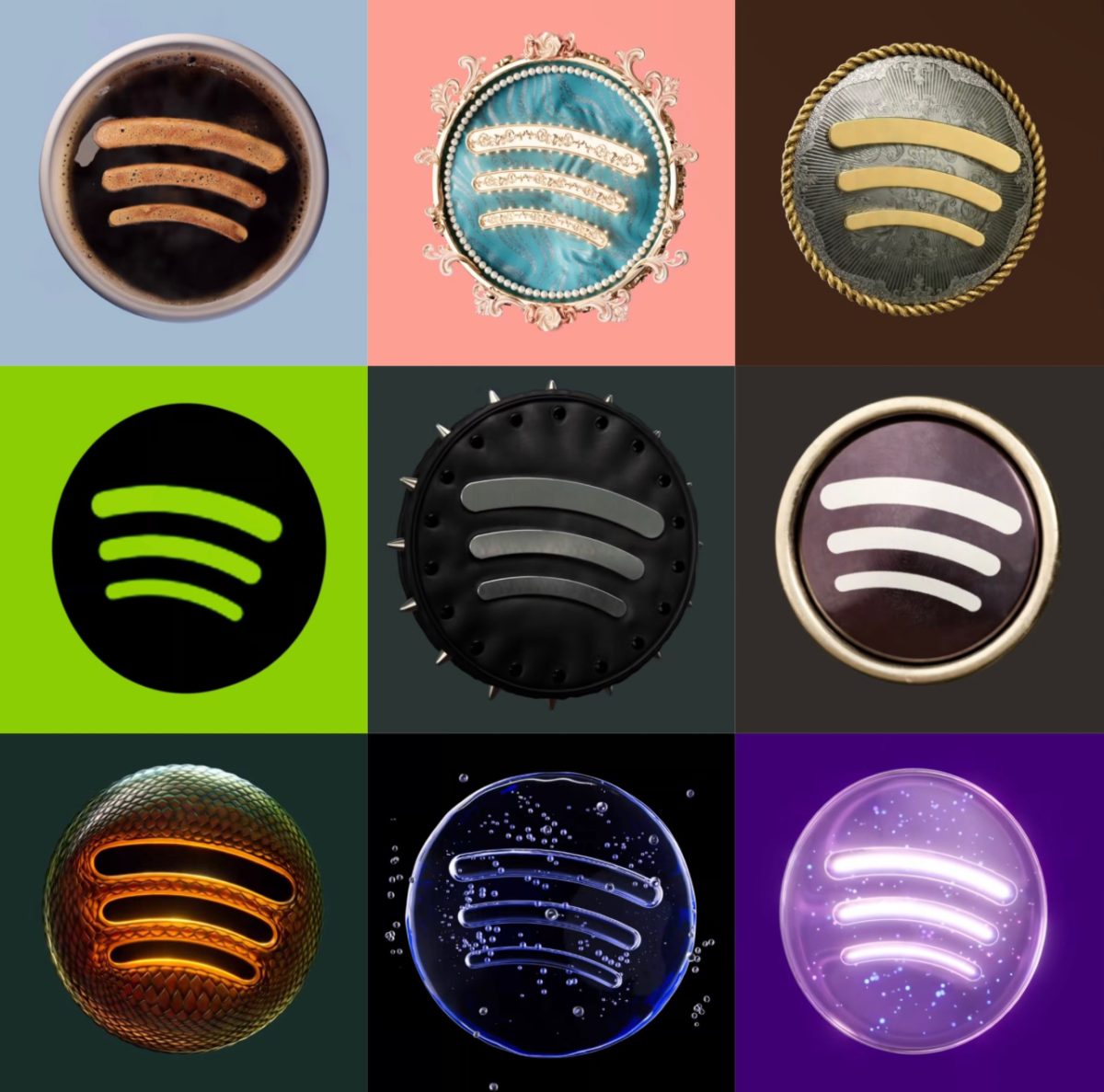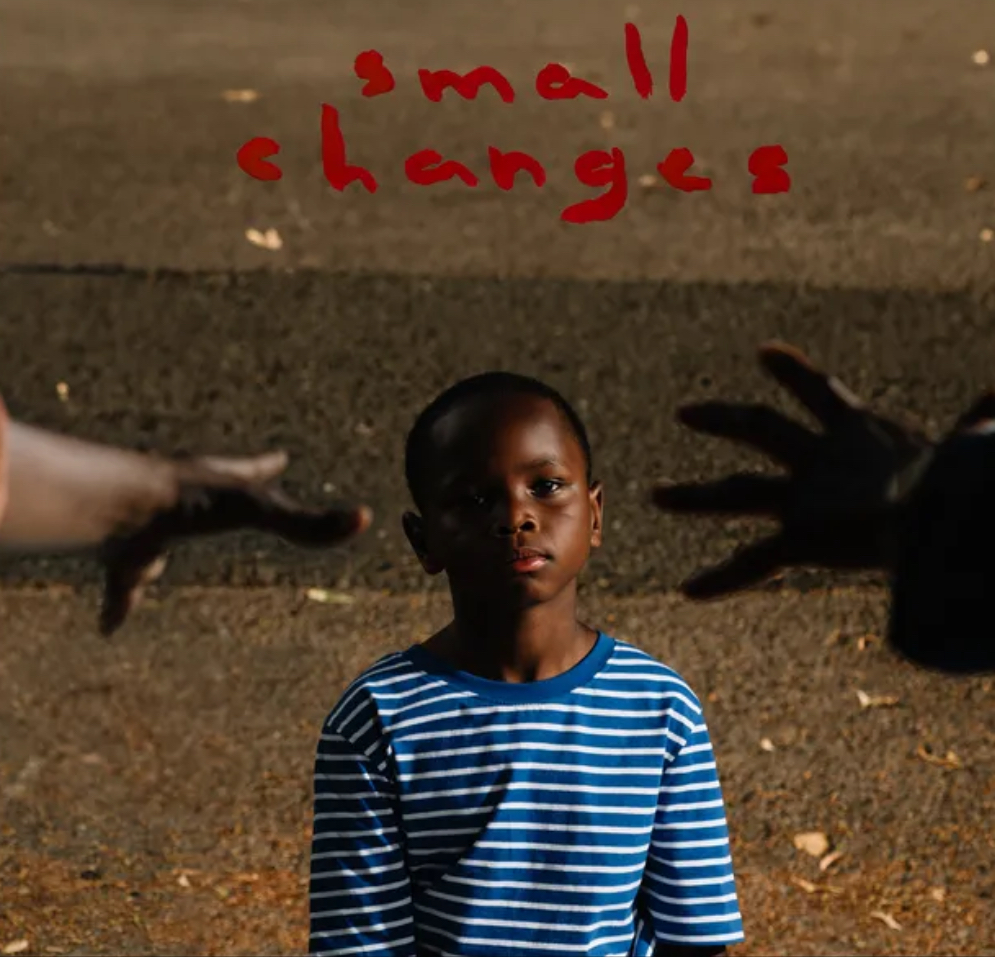4 out of 4
Consensus: A beautiful way to end a beautiful series. The best film of the year so far.
Is there really any doubt about Pixar’s greatness? Over the last 15 years, the studio has dominated the animated film genre, and rightfully so. Every film the studio has produced since 1995’s landmark “Toy Story” has been an artistic breakthrough for the genre in terms of technical achievement and emotional depth, all while remaining thoroughly entertaining for both adults and children. With an enviable track record of films like “Ratatouille” and “WALL-E,” expectations were exceedingly high for this long awaited sequel to the film that put them on the map.
Thankfully, “Toy Story 3” is anything but a disappointment, being every bit as good as the first two entries in the series, as well as being a truly fitting way to cap off what is probably the best animated film trilogy of all time.
The film picks up 11 years after the events of 1999’s “Toy Story 2,” with Andy, the owner of the toys, getting ready to move to college. Woody, Buzz and the rest of the toys, who have begrudgingly come to terms with the fact that Andy is too old to play with them anymore, await their trip to the attic when he moves out. A complication with Andy’s mother gets the toys donated to a daycare, where they are greeted by a new lot of toys, led by a strawberry-scented teddy bear named Lots-O-Huggin’ Bear (voiced by Ned Beatty).
To give away anymore of the story would be doing a disservice to Lee Unkrich’s direction and Michael Arndt’s screenplay, which alternately has you on the edge of your seat, laughing hysterically, or crying your eyes out throughout the entire film.
For his second screenplay in a major feature (his first was “Little Miss Sunshine”), Arndt demonstrates that he may be one of the best screenwriters working today. He takes the familiar settings and characters of the Toy Story world and makes it his own, all while staying true to what made us love these characters like family to begin with.
The entire original voice cast returns for the film (with the exception of Jim Varney, the original voice of Slinky Dog, who died in 2000 shortly after the release of “Toy Story 2”), as well a handful of new faces, including Beatty as Lotso and Michael Keaton as a smitten Ken, the counterpart to Barbie. Timothy Dalton (the third James Bond) is particularly hilarious as Mr. Pricklepants, a porcupine doll dressed in lederhosen. Don Rickles continues to steal every scene he’s in as Mr. Potato Head (including a particularly hilarious scene in which he has to change forms). The dialogue is crafted with such care to keep the story flowing that it seems like a real treat the film is as funny as it is.
The humor of the film is a very welcome buffer for the emotional wallop at the end. There are moments of nail-biting tension and such sentimental gorgeousness, it makes you reminisce on how you’ve grown as a person since the first film. Not to give anything away, but the final scenes in the film are so poignant and moving, that it is guaranteed you will hear sniffling from the audience while watching it, if not out and out bawling.
To be sure, this is a beautiful film. It performs the trick of transcending the tag of extremely entertaining, marketable family fare into the realm of high art. It retains the trademark of the series in humanizing children’s playthings into a metaphor about family and the excitement of childhood imagination. It also retains Pixar’s high mark of quality, which is a relief, but at this point, is to be expected. Highly recommended.
Side note: The short film “Night and Day,” which plays before “Toy Story 3,” also lives up to Pixar’s esteemed reputation for delivering visually stimulating shorts with great lessons for kids. Also, watch “Toy Story 3” carefully for numerous Pixar “Easter eggs,” which include past characters of Pixar films like “Finding Nemo” as well as future Pixar characters like a lead role in the upcoming “Cars” sequel.



